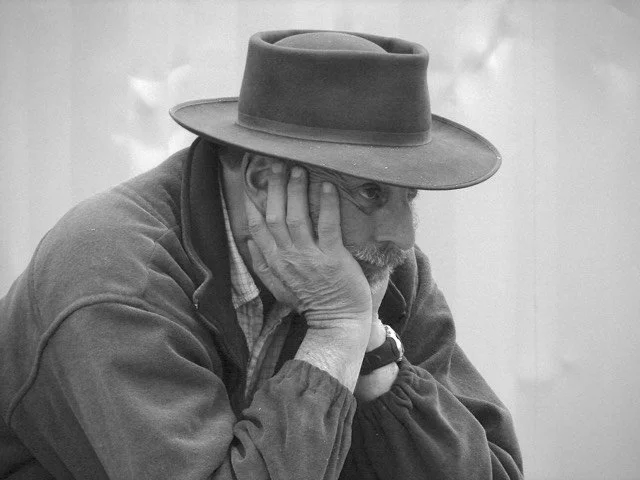It is my opinion that there have been 4 great scientific discoveries in the last 120 years that have dramatically changed the way we understand the world. The first is Ernest Rutherford’s work on the structure of atoms and their decay. The second was the discovery of the DNA alpha helix by Watson and Crick. Thirdly was the ability to sequence genomes. Fourthly is the very recent discovery of gravitational waves that may lead to revelations about the universe(s), past and future, that were never thought discoverable.
However, the discovery of how to sequence entire genomes is the one that I want to mention today. The importance of this scientific breakthrough cannot be understated because it transformed Darwin’s ideas from theory to fact. The ability to sequence entire genomes of complex organisms (including humans) has put beyond question or debate that Darwin was largely on the mark when he theorized that species evolved from species that came before. There is no longer room for discussion about creationism or intelligent design because genetic sequencing has now debunked them beyond any doubt and they now belong to the history books along with claims like the earth is flat and illness is caused by evil spirits.
So knowing that this claim will both upset and be rejected by some people, why do I put my neck on the line with it?
I have been privately corresponding with a regular reader who felt offended by my belief that shoeing some horses in some circumstances can be a better option than leaving them barefoot. The essential argument they presented is that the hoof of a horse is both complex and brilliant. They argued that the hoof is an amazing piece of engineering that makes it optimally designed to carry out its function. Therefore fitting metal shoes to a hoof interferes with the optimal function by altering the way it interacts with the ground. The bottom line of their argument is that a horse’s feet were designed to be perfect as they are for what they need to do. They believe that shoeing a horse hinders the hoof function for which it is perfectly designed to do.
I reject this argument for two very simple reason.
The first is that we trim hooves for maximum performance. Nobody argues that the hoof evolved to be perfect and we should not interfere with nature by trimming the hoof. Everybody agrees correct trimming preserves the health of the hoof and helps with long-term soundness of a horse. So interfering with nature is not a logical argument for not shoeing. In addition, it needs to be acknowledged that a key role of fitting correctly shaped shoes to a correctly trimmed hoof is to help preserve and maintain the correct trim.
The second reason relates to the premise that anatomical or physiological features made by nature must be the perfect design for their function. This is not true. Any characteristic exists, not because it works perfectly, but because it does not interfere with an animals ability to produce the next generation. It does not need to be perfect, it only needs to not disadvantage reproduction.
If we focus on the feet of horses, the hoof has many design flaws that leave it susceptible to problems like laminitis, pedal osteitis, bruising, infections, arthritis, etc, (sometimes caused by humans and sometimes not). It’s not perfect.
The hoof is designed well enough to support the frame of a horse and allow movement. But it fails in other ways. Just because a mechanism such as a hoof is the culmination of many thousands of years of evolution, does not mean it is perfect and could not be improved with a little assistance from humans. It doesn’t need to be perfect. The hoof only has to fulfill its function adequately to ensure a horse lives long enough to pass its genetic characteristics to the next generation. This does not mean it has to be a perfect or optimal design. That’s not how evolution works.
This is true of virtually every function of an organism – they all have strengths and weaknesses and being perfect for the job hardly ever exists. I use to set an exam question each year for honours year physiology students asking them to outline a better design for human sight or locomotion or kidneys or skin etc (it changed each year). With a little thought, it was an easy question to answer because there is a range of ways to improve each system. For any system to exist it only has to function well enough to get the organism to the stage where it can reproduce and pass along our genes.
If you understand this fact of nature you also understand that we can sometimes help overcome the weaknesses that nature has created. An example of improving upon nature might be fitting shoes to a hoof to make a horse more comfortable and functional in some terrain or circumstances or when nature has blessed a horse with bad feet. Another example is when good dental care can make a horse more comfortable, make it healthier and prolong its life. Perhaps another instance is parasite control – even in wild herds parasites (such as ticks) can be a major problem that both hinders the quality and length of a horse’s life.
Maybe this post is more of a soap-box type lecture than most, but my recent exchange with a reader prompted me to realize that there are people who believe that horses are made perfect and human intervention can only get in the way of their perfection. I think that concept is a hard one to justify when we look at the facts. That is not to say that sometimes we aren’t the cause for making life harder and more miserable for horses, but we also can make their life better too. The choice is ours.
Speaking of highly evolved individuals

